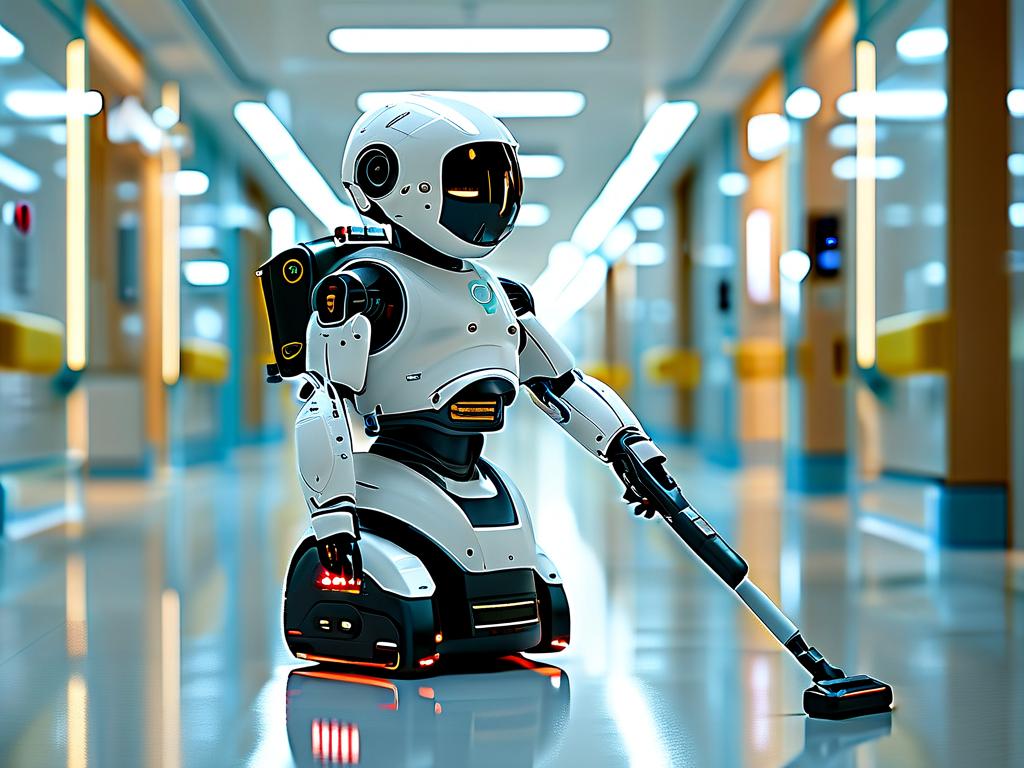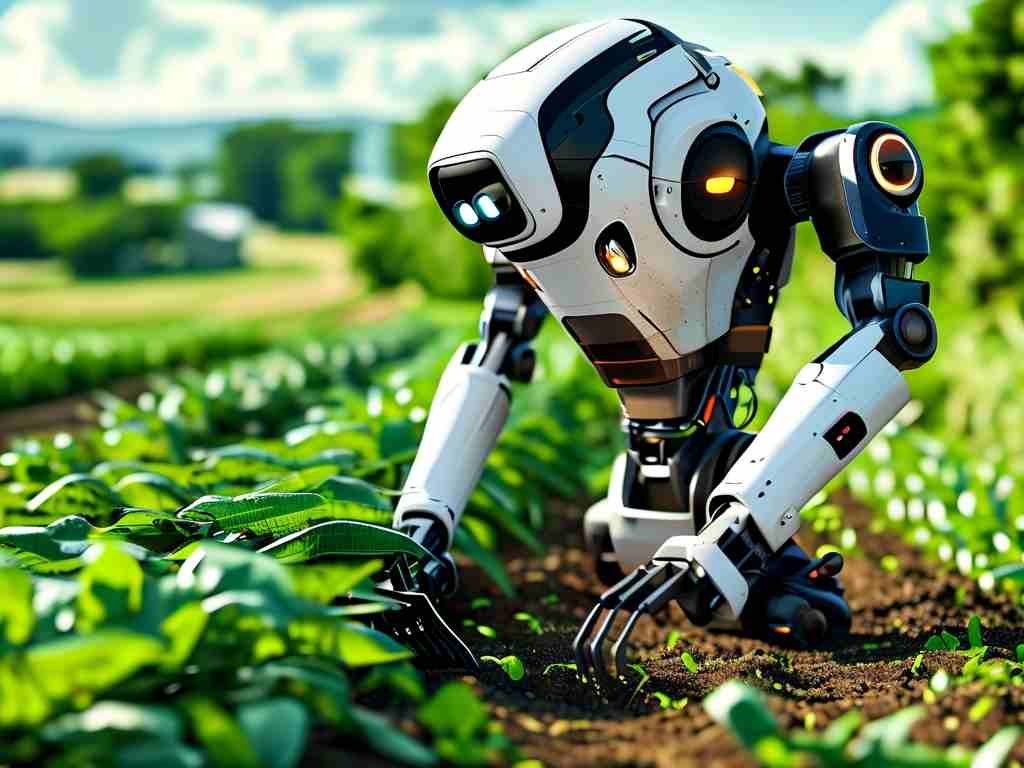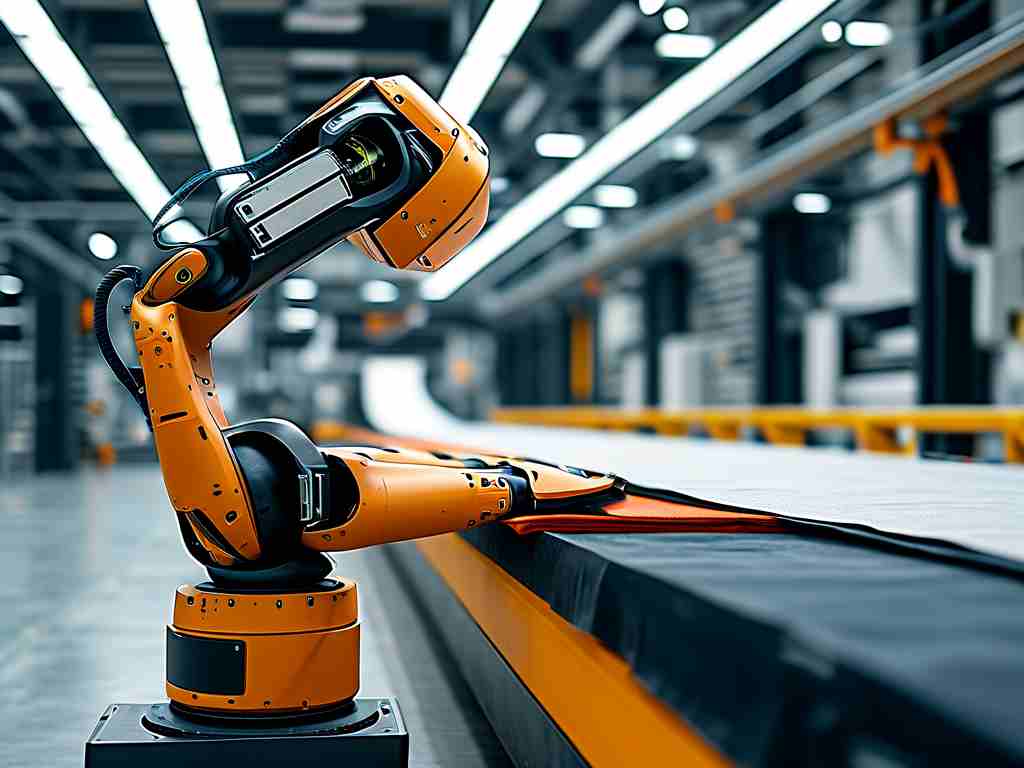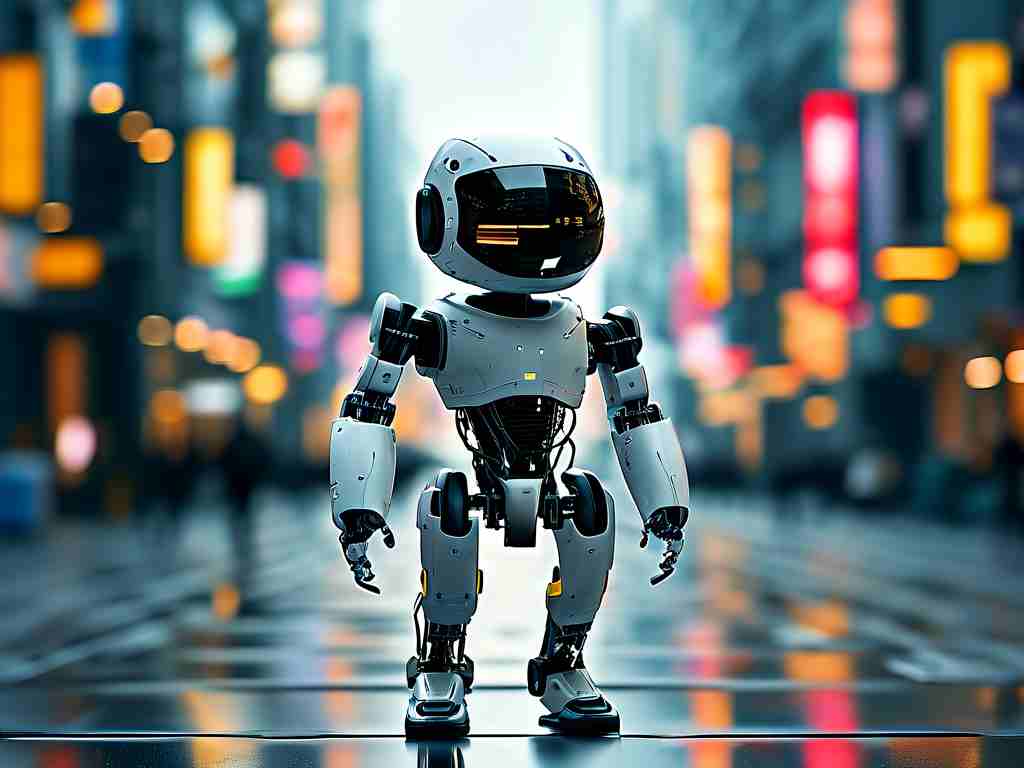The rapid evolution of robotics has transformed industries from manufacturing to healthcare, driven by a suite of catalytic technologies that accelerate innovation and functionality. While artificial intelligence (AI) and machine learning often dominate discussions, numerous other catalytic technologies are reshaping the robotic landscape, enabling smarter, more adaptable systems. These advancements not only enhance efficiency but also open doors to unprecedented applications, making it crucial to explore the broader spectrum beyond the obvious contenders.
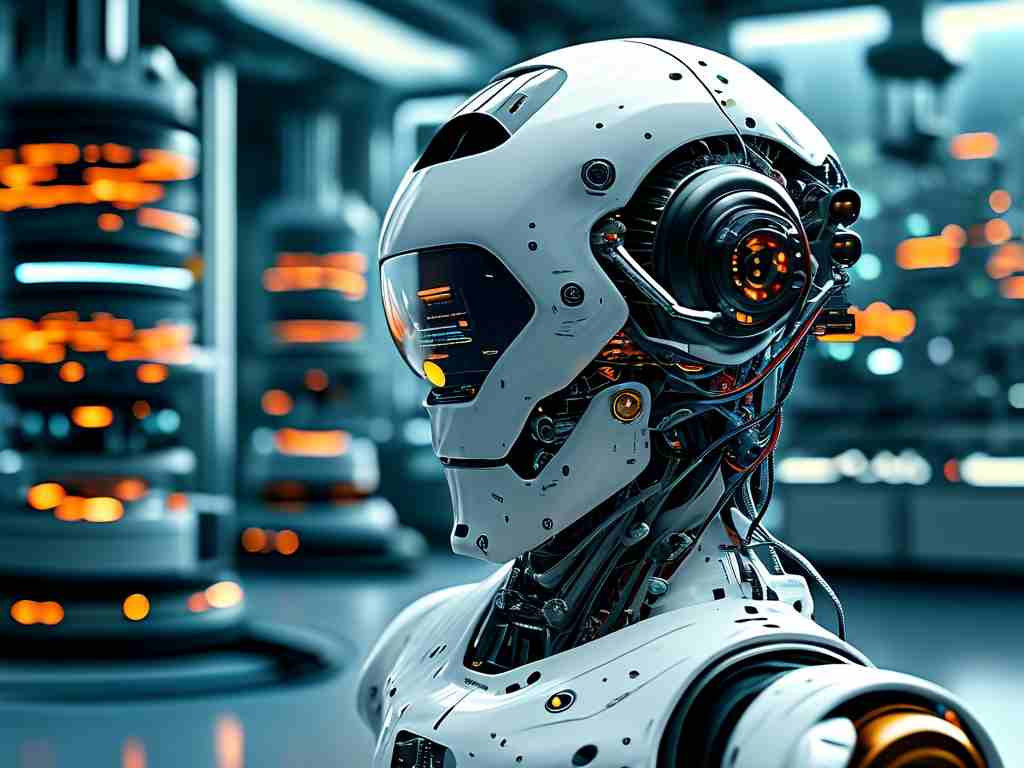
One significant catalytic technology is advanced sensor fusion, which integrates multiple sensor types—such as LiDAR, cameras, and inertial measurement units—to provide robots with superior environmental awareness. Unlike standalone sensors, fusion systems create a cohesive data stream that mimics human perception, allowing robots to navigate complex terrains autonomously. For instance, in search-and-rescue operations, drones equipped with fused sensors can detect heat signatures and structural weaknesses in real-time, vastly improving response times and safety. This technology catalyzes development by reducing errors and enabling deployment in unpredictable settings, ultimately pushing the boundaries of robotic autonomy. The fusion process involves sophisticated algorithms that correlate inputs, ensuring robust decision-making even in low-visibility conditions, thus fostering innovations in fields like autonomous vehicles and smart agriculture.
Another pivotal catalyst is materials science, particularly the development of smart materials like shape-memory alloys and piezoelectric substances. These materials respond dynamically to external stimuli such as temperature or pressure, allowing robots to self-heal or adapt their form without mechanical parts. In medical robotics, for example, soft robots made from biocompatible polymers can gently interact with human tissues, reducing injury risks during surgeries. This catalytic effect stems from the materials' ability to miniaturize components and enhance durability, leading to lighter, more energy-efficient designs. As research progresses, these innovations are accelerating the shift toward sustainable robotics, where recyclable materials reduce waste and lower costs, making robots more accessible for everyday use in homes and industries.
Edge computing represents a third catalytic technology, decentralizing data processing to bring computational power closer to robotic devices. Unlike cloud-based systems, edge computing minimizes latency by handling tasks locally, which is critical for real-time applications like industrial automation. Robots on factory floors, for instance, can analyze sensor data on-site to adjust movements instantly, preventing costly downtime. This approach catalyzes growth by improving reliability and scalability, as it reduces dependence on internet connectivity and enhances security against cyber threats. The integration of edge AI chips further amplifies this, enabling robots to learn from local data streams and evolve autonomously, thus driving advancements in smart cities and logistics where split-second decisions are paramount.
Beyond these, biotechnology is emerging as a surprising catalyst through bio-hybrid systems that combine robotic elements with biological components. Researchers are experimenting with neuron-controlled interfaces or muscle tissue actuators, creating robots that operate with biological efficiency. In rehabilitation, such systems help patients regain mobility by responding naturally to neural signals, acting as a bridge between human and machine. This fusion catalyzes innovation by introducing biocompatibility and energy efficiency, potentially revolutionizing prosthetics and wearable tech. However, ethical considerations around genetic modifications require careful navigation to ensure responsible development.
Lastly, quantum computing is poised as a future catalyst, with its potential to solve complex optimization problems that stump classical computers. For robots, this could mean faster pathfinding algorithms or enhanced simulation models for training, drastically cutting development cycles. Early experiments show quantum-assisted robots handling intricate tasks like protein folding in drug discovery, hinting at exponential gains in precision and speed. As this technology matures, it will likely democratize high-level robotics, making advanced capabilities affordable for smaller enterprises and spurring cross-industry collaborations.
In , the catalytic technologies advancing robotics extend far beyond AI, encompassing sensor fusion, materials science, edge computing, biotechnology, and quantum computing. Each acts as a force multiplier, accelerating innovation by addressing core challenges like autonomy, efficiency, and adaptability. Looking ahead, interdisciplinary research will be key to unlocking their full potential, promising a future where robots seamlessly integrate into daily life while driving sustainable progress.


